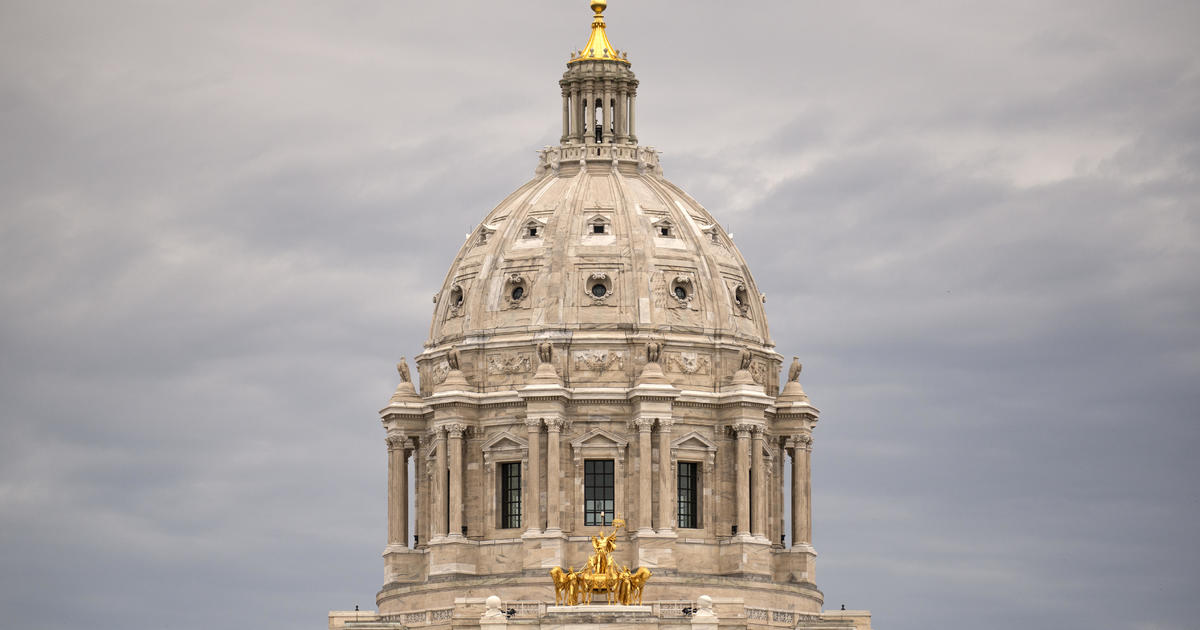Minnesota Health Insurers Release Final 2018 Rates
ST. PAUL, Minn. (AP) — Minnesotans who buy health coverage on their own should see only slight rate increases, and even some reduced ones, after state regulators on Monday announced the final rates for 2018.
It's a welcome change after years of double-digit premium hikes and concern that the state's entire individual market was on the brink of collapse.
Premiums for 2018 will range from an average increase of nearly 3 percent to a decrease of more than 13 percent, though consumers' final prices will vary widely based on their plan selection, age and location when open enrollment begins Nov. 1. The largely stable rates came as little surprise — insurers released preliminary rates in July that more or less mirrored Monday's release.
But as states brace for the premium hikes of 50 percent or more that Minnesota has weathered in recent years, Minnesota's top insurance regulator pointed to lawmakers' efforts to control health insurance costs as the main factor behind dropping costs.
"This is positive news for Minnesota," Department of Commerce Commissioner Mike Rothman said. "The numbers show that the new state reinsurance program will help stabilize rates for 2018."
Four percent of Minnesota residents buy health care on the individual market, either through the state health insurance exchange called MNsure or directly through insurers and brokers. But that market was fundamentally reshaped by the Affordable Care Act, and it has consumed state politics for years.
Just a year ago, Minnesota prepared for premium hikes as high as 67 percent and every insurer selling plans planned to flee the individual market, leading Rothman to call it an "emergency situation" and Democratic Gov. Mark Dayton to declare that President Barack Obama's health care law was "no longer affordable for increasing numbers of people."
Minnesota's Legislature responded by creating a new, $549 million reinsurance fund to help insurers cover costly claims and bring down premiums. The federal government finally signed off on that program late last month.
Rothman said premiums would be 20 percent higher or more without that funding. Meanwhile, Iowa is bracing for an average premium jump of 50 percent on average, while Tennessee, Florida, Maryland and other states prepare for rate hikes between 20 and 50 percent.
Republicans who control the Legislature celebrated Monday's rate release as a sign their effort paid off, stressing that Dayton allowed the bill to become law without his signature.
"Minnesotans put their trust in Republicans to lower health care costs, and today's news confirms that we're making good progress," Republican House Speaker Kurt Daudt said in a statement.
Still, many residents won't see a decrease even if the sticker price of their plan drops, because a one-time, 25 percent discount for shoppers who don't get federal subsidies won't carry over into 2018. Open enrollment for choosing plans begins Nov. 2.
And it could come at a hefty cost to the state. While approving Minnesota's reinsurance waiver, federal health officials indicated they would cut funding for MinnesotaCare — the state's subsidized program for the working poor — by an estimated $369 million, despite repeated promises that funding would go untouched.
Department of Health and Human Services Commissioner Emily Piper said and Minnesota's congressional representatives are still pressing officials at the federal level to relent and restore that critical funding.
(© Copyright 2017 The Associated Press. All Rights Reserved. This material may not be published, broadcast, rewritten or redistributed.)



